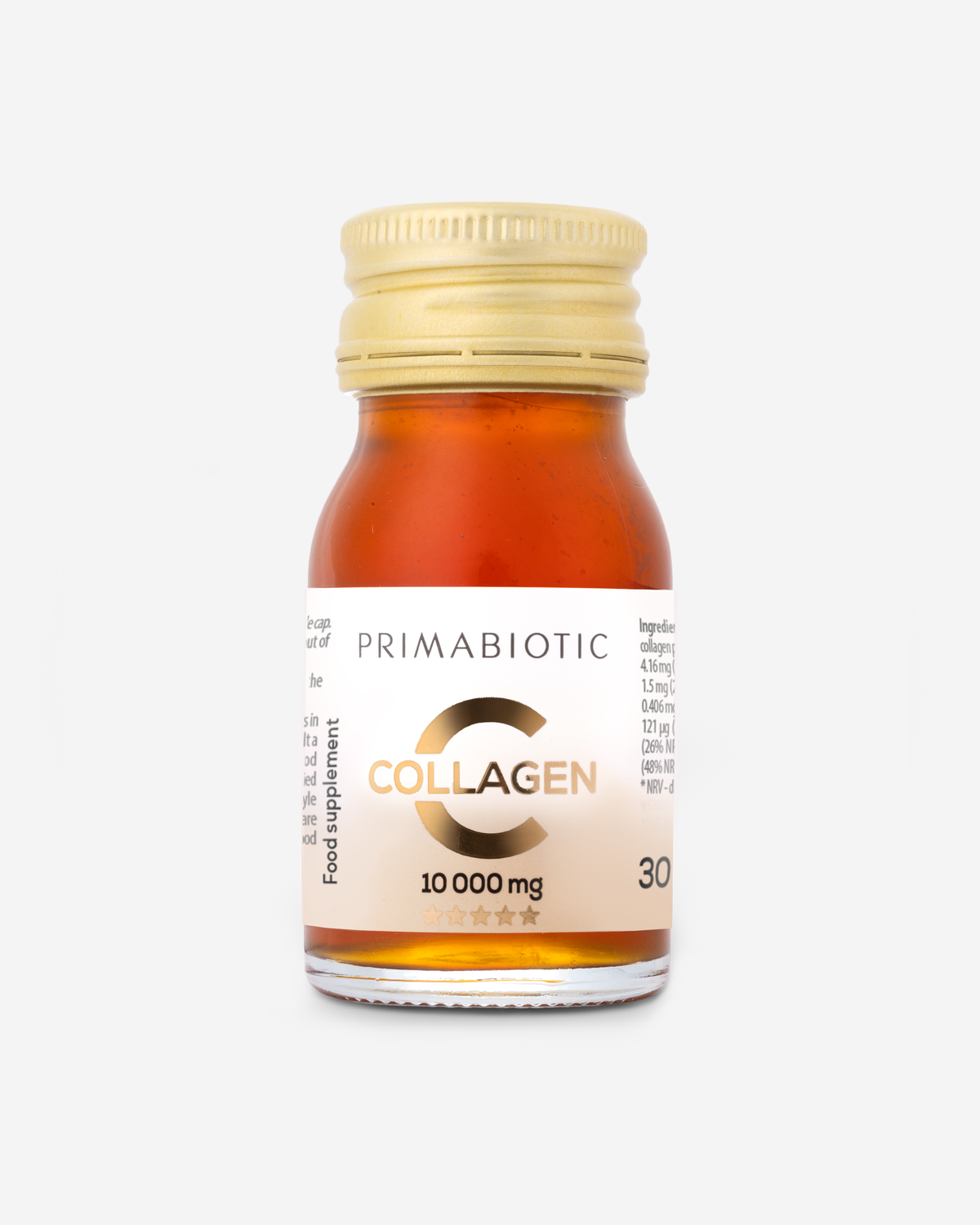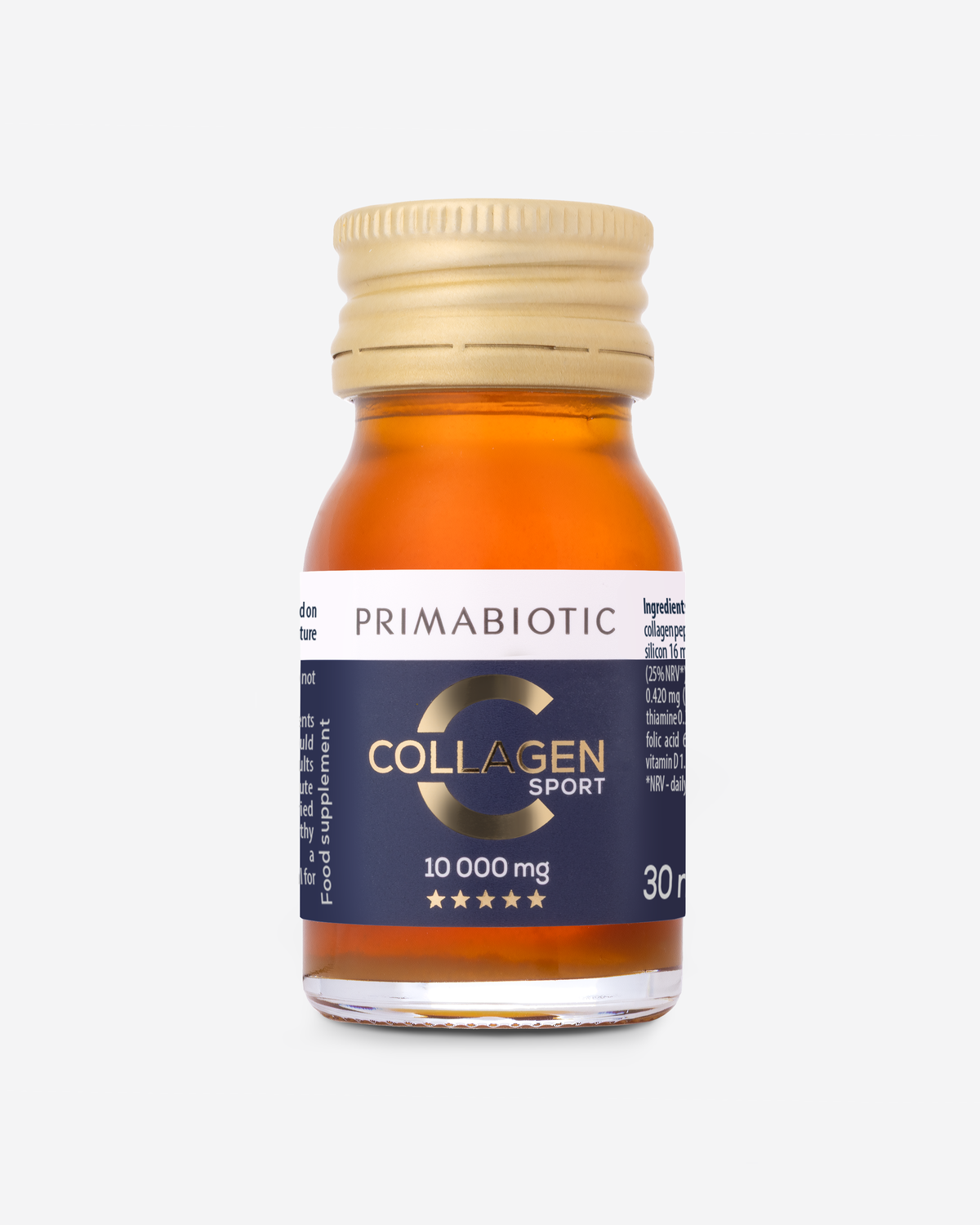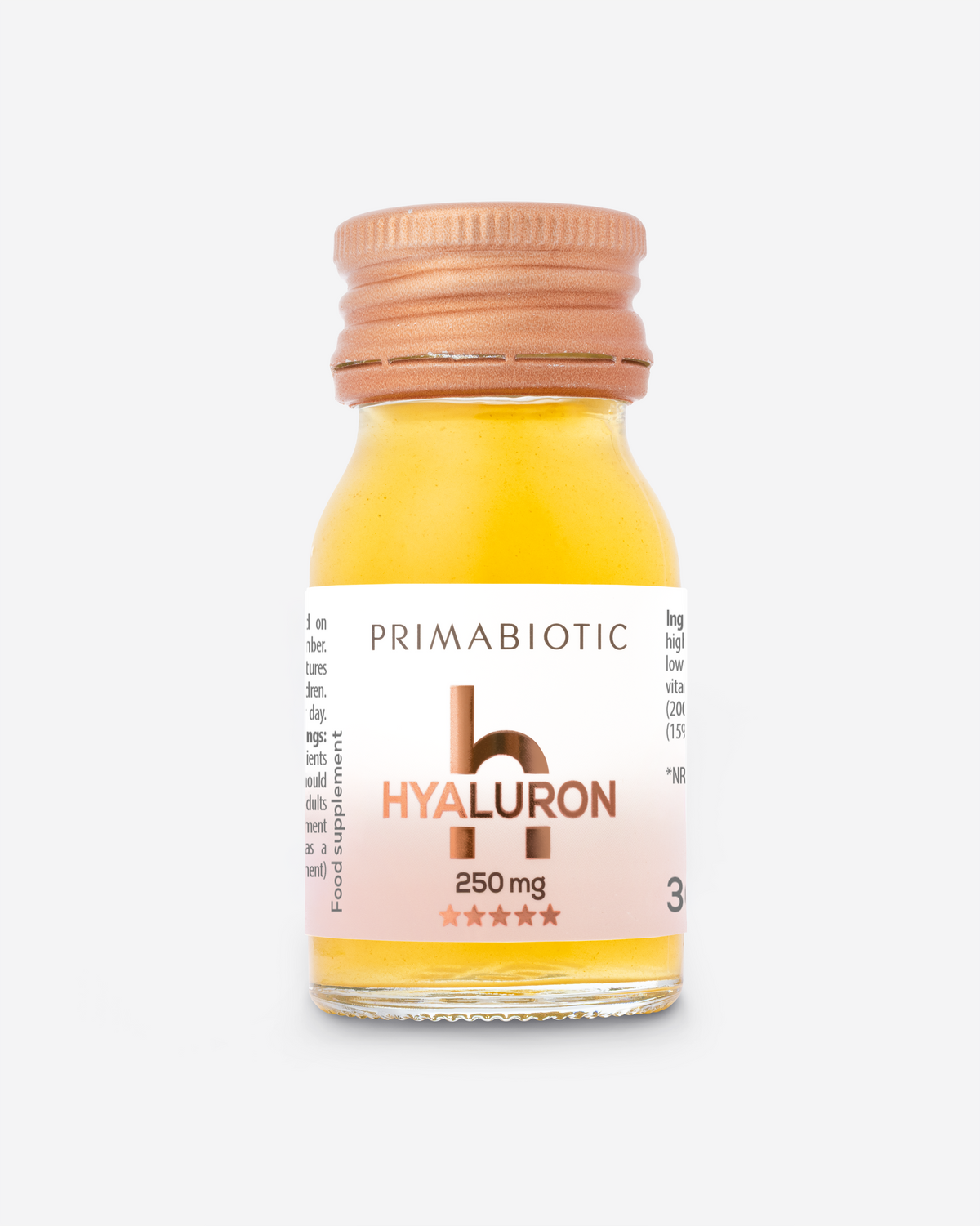Are superfoods really that great? What belongs to this group and how to include these products in your daily diet? Check out the Information on superfoods gathered by nutritionist Ewa Gębka!
What are superfoods?
Superfoods are plant products that have been used for centuries in different parts of the world. Superfoods contain vitamins, minerals, bioactive peptides, enzymes, phytochemicals or other active substances that may have a therapeutic effect on specific conditions or disease entities.
These products are notable for their high nutritional value in a small product mass or their high concentration of essential ingredients needed for our health, which are often lacking in our food, such as omega-3 polyunsaturated fatty acids.
Why are superfoods good for you?
The introduction of superfoods into the diet seems beneficial, especially if the food is poor in nutrients, vitamins and minerals. ‘Superfoods’ are characterised by their high content of essential ingredients for the body in a small volume of product, so introducing them into the diet is easy and does not require drastic changes.
What superfoods are there?
It is important to emphasise that products referred to as ‘superfoods’ combine several unique characteristics. In addition, they are concentrated and nutritious items that provide far more benefits than conventional foods, and are therefore the optimal choice for those wishing to improve their health.
The group in question includes acai, cacao, aloe vera, avocado, quinoa and chia seeds, among others. Few people are aware of the fact that Polish traditional groceries also include numerous examples of superfoods, such as garlic, honey and bee products, quince, sea buckthorn, elderberry, millet groats or black chokeberry.
Top 16 Superfoods
Let's check out the following superfoods list here, and find out which foods are worth including in your diet to reap maximum health benefits.
- Garlic - a source of active ingredients and antioxidants, including: saponins, flavonoids, mucilaginous compounds, as well as vitamins. Indispensable in strengthening immunity and supporting the cardiovascular system.
- Elderberry - contains compounds that exhibit primarily high antioxidant activity. Elderberry flowers are believed to be a better source of total polyphenolic compounds than fruit, and exhibit greater antioxidant capacity. The flowers contain more phenolic acids, primarily chlorogenic acid, while the fruit is an important source of anthocyanins. The different morphological parts of elderberry also contain vitamins (mainly vitamin C) and minerals (mainly potassium and iron). Elderberry preparations are especially recommended for strengthening the immune system, colds, cardiovascular diseases, diabetes and obesity.
- Millet groats - are alkaline and therefore deacidify the body; they also contain silica, which is beneficial for the joints, skin, nails and hair, and has a beneficial effect on blood vessels. Due to its silica content, millet groats should be included in the diet of cancer patients. It is also worth mentioning the richness in B vitamins, folic acid and pantothenic acid.
- Black chokeberry - the chokeberry fruit is characterised by a rich set of vitamins, such as provitamin A and vitamins B, C and E.
- Sea buckthorn - sea buckthorn fruit is distinguished by its high content of fatty acids, most of which are unsaturated. Sea-buckthorn is also a rich source of macro- and microelements, including: potassium (168-219 mg/100 g), magnesium (8.3-9.5 mg/100 g), calcium (5-7.2 mg/100 g) and iron (1.24 mg/100 g). Sea buckthorn is also distinguished by its high content of vitamins, both water-soluble and fat-soluble. The vitamin C content of sea buckthorn fruit is higher than that of most berries, with an average of 900 mg/100 g.
- Flaxseed - is a rich source of dietary fibre. It accounts for 28% of dry matter, of which approximately 25% is soluble fibre fractions. The soluble fibre fractions show properties that reduce total and LDL cholesterol, and therefore have a positive effect on the prevention of cardiovascular disease. They are also rich in lignans, in particular SDG (secoisolariciresinol diglucoside), which is attributed with hormone-regulating properties in women. SDG also influences the development of bone mass.
- Spirulina - is a rich source of protein, it has about 5 times more protein than meat. It is also a rich source of calcium (180% more Ca than in whole milk), b-carotene (3100% more than in carrots) and iron (5100% more than in spinach). It is therefore a very valuable product, thanks to which significant amounts of valuable nutrients can be supplied to the body even by consuming small portions.
- Chia seeds - are characterised by their high content of dietary fibre (18-30%), minerals, vitamins and antioxidants. Of the fatty acids contained in chia seeds, 60% are a-linolenic acid (omega-3) and 20% are linolenic acid (omega-6). These are essential acids for maintaining health and must be supplied daily as they are not synthesised in our bodies.
-
Acai berries - characterised by their high mineral and vitamin content and richness in antioxidants (including polyphenols, resveratrol, cyanidin-3-glucoside and ferulic acid), which have the ability to delay the ageing process and inhibit the development of cancer.
-currants - rich in vitamin C ( immunity-boosting effect), contain phytoncides with antibacterial and antiviral effects, support the treatment of kidney inflammation and liver diseases. - Maca root - is a rich source of magnesium, calcium, iron, sodium, silicon, manganese, copper, zinc and other nutrients. It also contains thiamine, riboflavin, ascorbic acid, proteins, carbohydrates and lignans.
- Ashwagandha - is a plant traditionally used for centuries in Ayurvedic medicine for both adult patients and children. It belongs to the group of adaptogens. The vitanolides and alkaloids found in it are responsible for most of its therapeutic effects. Numerous studies attest to the broad spectrum of effects of this plant, including anti-inflammatory, antimicrobial, antioxidant and neuroprotective effects.
- Cinnamon - Today, cinnamon is used as a treatment for digestive complaints, anorexia, flatulence, diarrhoea, stomach cramps, heartburn or ulcers. It stimulates the secretion of bile and digestive juices and increases the absorption of nutrients. Currently, most research is being conducted into the possible use of cinnamon itself or its extracts or isolated compounds in the treatment of diabetes, cancer and cardiovascular disease. The possibility of using cinnamon in the treatment of Alzheimer's is also being considered.
- Curcuma - curcuma, the main component of turmeric, has a very wide range of therapeutic effects.
- Kale - rich in vitamins, especially C ( to support immunity) and K (to support the cardiovascular system and heart function). It also concentrates sulforaphane, a potent antioxidant compound (anti-cancer action). It turns out that 100 g of kale provides ½ of the daily requirement for vitamin C and the total requirement for vitamin A.
- Purity - is a herb that is attributed with health-promoting properties due to its high content of polyphenols, which are among the potent antioxidant compounds. Polyphenols stop the formation and development of inflammation in the body.
How to eat superfoods?
Products such as flaxseed, chia seeds, spirulina and cinnamon can be added to salads, smoothies, oatmeal, yoghurt and many other dishes. The variety and ease of use, as well as the health-promoting properties of superfoods, mean that they can be used to balance menus for both healthy people and patients with various medical conditions.
Check out similar articles:
- Collagen rich foods you can add to your diet
- How to Lose Weight Fast? 10 Useful Tips
- Dietary supplements – facts and myths
Bibliography:
- https://kosmos.ptpk.org/index.php/Kosmos/article/view/1622
- Kowalczyk, Małgorzata, Magdalena Zegan, and Ewa Michota-Katulska. “Wiedza na temat prozdrowotnej roli błonnika pokarmowego wśród studentów uczelni medycznych i niemedycznych.” Czasopismo poświęcone zagadnieniom badań ochrony zdrowia i środowiska Wersja internetowa wydawanego czasopisma jest wersją pierwotną (2017).
- Ekiert, K., and M. Dochniak. “Superfoods–idealne uzupełnienie diety czy zbędny dodatek.” Pielęgniarstwo i Zdrowie Publiczne 5.4 (2015): 401-408.
- Kaławaj, Katarzyna, and Marta Kinga Lemieszek. “Prozdrowotne właściwości cynamonu.” Medycyna Ogólna i Nauki o Zdrowiu 21.3 (2015): 328-331.
- Grochowicz, Józef, Piotr Dominik, and Anna Fabisiak. “Możliwości wykorzystania żywności naturalnej jako efekt ogólnoświatowego trendu w zakresie zapotrzebowania na żywność prozdrowotną.” Zeszyty Naukowe Uczelni Vistula 54 (3) Turystyka III (2017): 223-240.
- Połumackanycz, Milena, et al. “Ashwagandha (Withania somnifera L.)–roślina o udokumentowanych właściwościach prozdrowotnych.” Farm Pol 76.8 (2020): 442-447.






